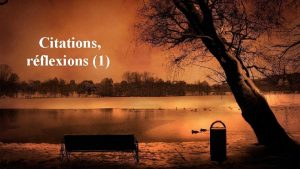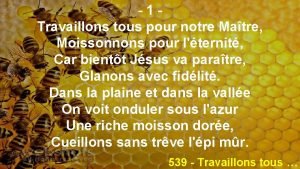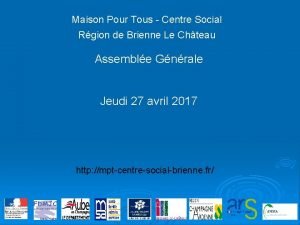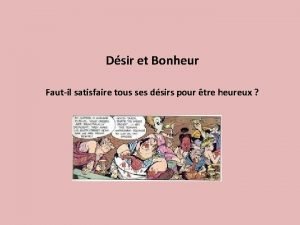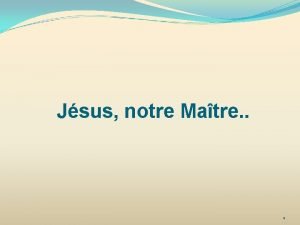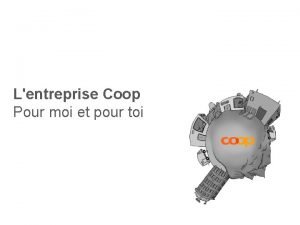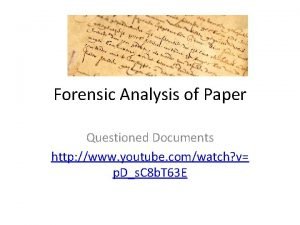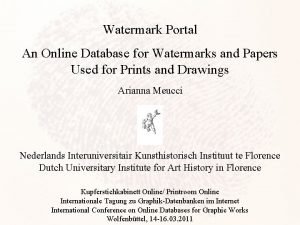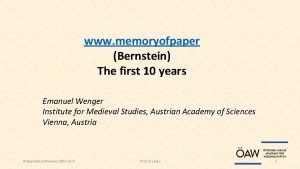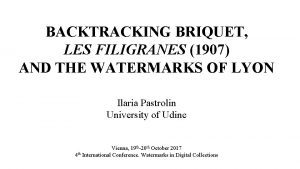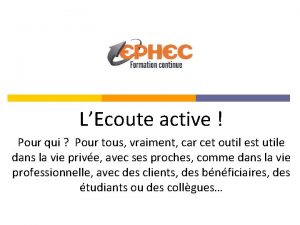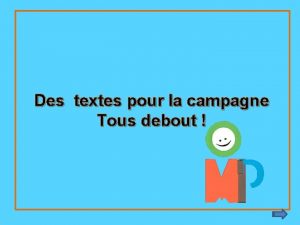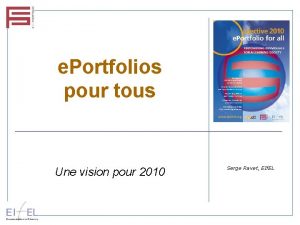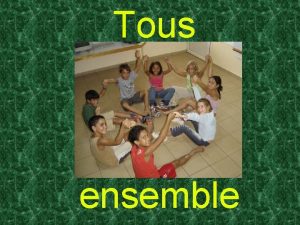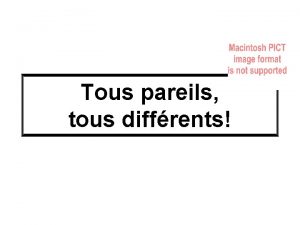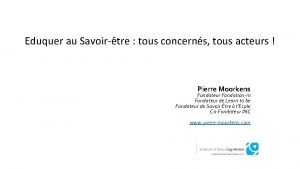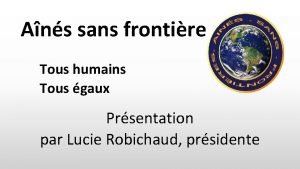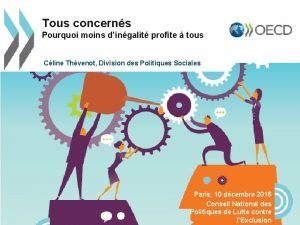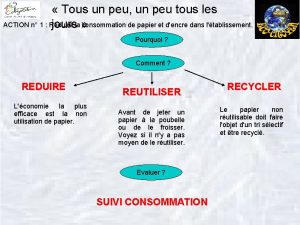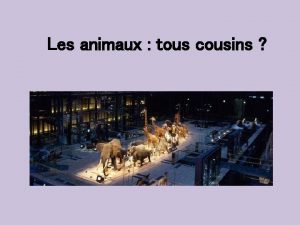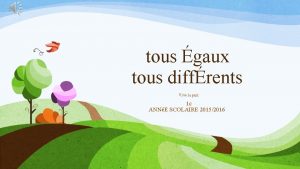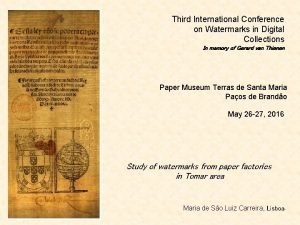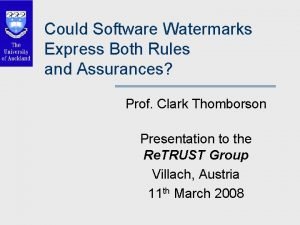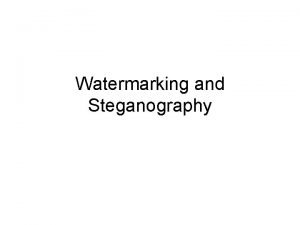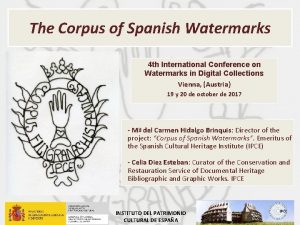Filigranes pour tous Watermarks For All A new




















- Slides: 20

Filigranes pour tous Watermarks For All A new project based on deep-learning technology and crowd-sourcing Marc H. Smith École nationale des chartes / Centre-Jean Mabillon Paris Sciences & Lettres Watermarks in digital collections 4 th International Conference Vienna, 19 -20 October 2017




« Science des données, données de la science » IRIS – Initiative de recherche interdisciplinaire et stratégique École nationale des chartes Christine Bénévent, Olivier Poncet, Marc Smith École des Ponts Paris. Tech Mathieu Aubry INRIA – Institut national de recherche en informatique et en automatique Joseph Sivic IRHT – Institut de recherche et d’histoire des textes François Bougard, Bruno Bon

Repertories of watermarks: evolution and limitations From drawings to photographs From paper to digital From single/national corpora to portals and interoperability Limitations: – Identifying watermarks: image > word > image – Number of reference images: more often “similar” than identical – Closed data, from producer to user

Filigranes pour tous Identification : image to image Deep-learning technology for image comparison Initial corpus: French watermarks > international collaboration? User interaction: image matching and database augmentation > Multiple images of (identical or variant) watermarks

Test corpus Set of homogeneous watermarks from French archives Notarial records from the Archives nationales (1650) 4 different watermarks × 61 photographs using 3 lightsheets and 3 smartphones Minimal guidelines for framing. Pages with and without writing

Test sample: four watermarks

Random sample of multiple occurrences of a watermark

Image capture and pre-processing

Image capture and pre-processing 1/6 1/6

Image capture and pre-processing 1/6 1/6 300 x 300 pixels

Deep learning Convolutional neural network: • Iteration of simple operations with multiple parameters • Parameters are optimized on training data, producing a different result for each watermark Image Layer 1 Layer 2 … classifier

Elementary operation of a single ‘neuron’ x = input, w = parameters

Image matching: first results Training set: 200 images (50 / watermark ) 100% correct matching Control set: 44 images (11 / watermark) 95 % correct matching (42/44) Caution: “black box” syndrome: is the matching actually based on watermarks?

Further development: the app Tools for image capture: Ruler & framing mask > scale Real-time uploading and image comparison User-uploaded images and metadata added to the database

Open questions Expanding the data set: how will the software adapt? Minimum training data set? (a single image? ) Fragmentary/partially visible watermarks (sub-folio quires) Capture: close-ups vs full pages — at 300 × 300 pix ! Comparing photographs and drawings? Stimulation of crowdsourcing

Research questions Quantitative measurements Watermark variants and evolution: copies, deterioration, etc. Paper history: from production to circulation and consumption Functional distribution of formats and quality: books vs documents vs art…

marc. smith@enc-sorbonne. fr
 Il existe des personnes qui sont des lumières pour tous
Il existe des personnes qui sont des lumières pour tous Travaillons tous pour notre maitre
Travaillons tous pour notre maitre Maison pour tous brienne le chateau
Maison pour tous brienne le chateau Faut-il satisfaire tous ses désirs pour être heureux
Faut-il satisfaire tous ses désirs pour être heureux Les arguments pour tous les sujets
Les arguments pour tous les sujets Travaillons tous pour notre maitre
Travaillons tous pour notre maitre Coop mazout
Coop mazout Forensic analysis of paper
Forensic analysis of paper Watermark database
Watermark database The palace museum
The palace museum Name a point that is collinear with the given points
Name a point that is collinear with the given points Formuö
Formuö Typiska novell drag
Typiska novell drag Nationell inriktning för artificiell intelligens
Nationell inriktning för artificiell intelligens Vad står k.r.å.k.a.n för
Vad står k.r.å.k.a.n för Varför kallas perioden 1918-1939 för mellankrigstiden
Varför kallas perioden 1918-1939 för mellankrigstiden En lathund för arbete med kontinuitetshantering
En lathund för arbete med kontinuitetshantering Adressändring ideell förening
Adressändring ideell förening Vilotidsbok
Vilotidsbok Sura för anatom
Sura för anatom Vad är densitet
Vad är densitet
